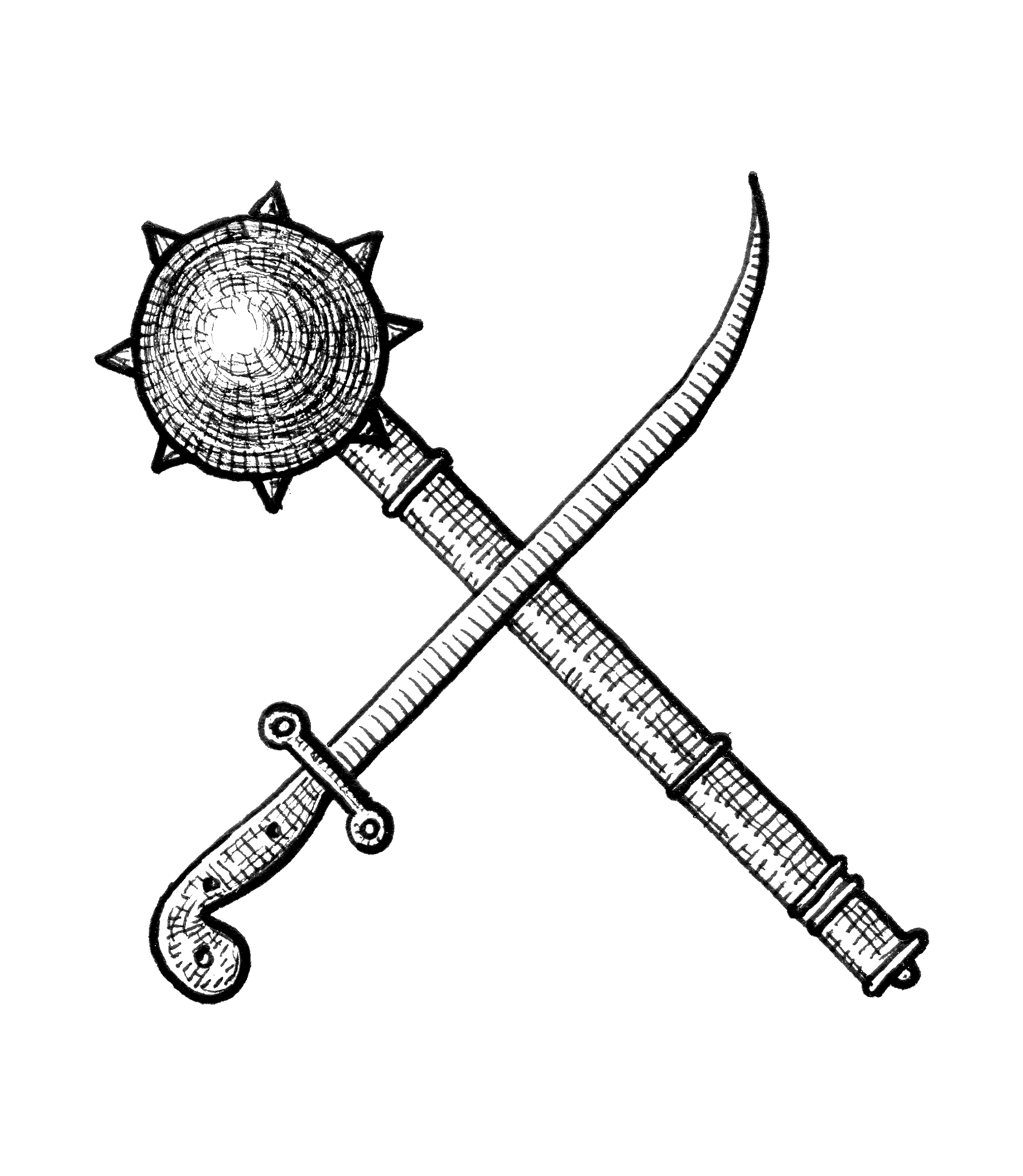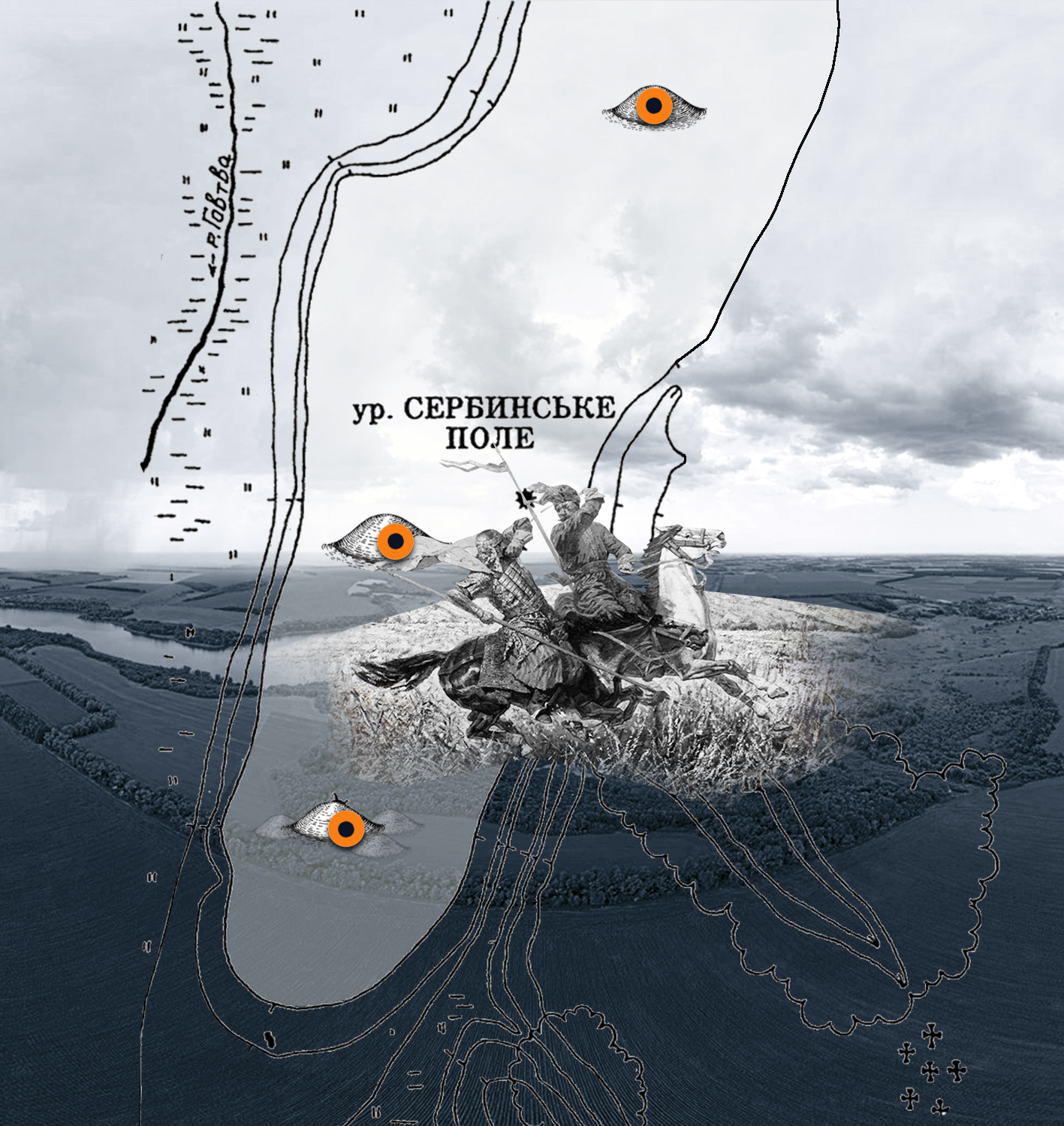
Following the death of Hetman Bohdan Khmelnytsky, started the period of the Ruin. The Poltava region became the area for both bright and sad events, two of which took place at one and the same site not far from worldwide known Dykanka.
Serbyne Pole is the historical territory not far from Dykanka, where in the 2nd half of 17th c. two life-defining events for all the Ukrainian history took place. The main historical source for their description, as well the localization of the place specified on the map of the current Poltava region, is the work of the Cossacks chronicler Samiilo Velychko, who lived nearby, in Zhuky village at the edge of centuries and not only perfectly knew the local scenery, but also had a chance to communicate with the participants of those events.
The circumstances of the first one, having occurred in the year of 1658, give all grounds to believe that the name “Serbyne Pole” for this natural landmark appeared around that period. According to Samiilo Velychko, joint military forces of the rebellious Poltava colonel Martyn Pushkar and a 10 thd. Cossacks’ detachment, headed by Yakiv Barabash, attacked the party of Hetman Ivan Vyhovskyiі, heading towards Poltava, on October, 27th and defeated him in the valley of Holtva at Dykanka, just opposite to the spur of Zhukovyi Bairak. The governmental military unit had 1.5–2.0 thd. people and mostly comprised the representatives of Serbian Compagnie Regiment, headed by Ivan Serbyn, and a Cossacks’ detachment under the legendary Ivan Bohun’s command.
The success of Pushkar’s party was guaranteed by the rapidity and the suddenness of this attack, made, according to the chronicler, just in time when the opponents started making their lunch. As the result of this attack, Hetman’s Cossacks were not completely destroyed and, having lost approximately 300 men, managed to organize a retrieve. This probably was the one and the only defeat of the famous Cossack military commander Ivan Bohun, which had fatal consequences for Ukraine. Excited by his first victory over the Serbians of Ivan Vyhovskyiі, Martyn Pushkar started getting ready for further military actions against Hetman, which, in its turn, provoked a civil conflict in the Cossack Hetmanate, beginning the period of the Ruin.
More precise localization of the historical site of Serbyne Pole is possible thanks to its detailed description, made by the same Samiilo Velychko, in relation to another historical event, which occurred in the same area on June, 7th, 1668. According to the chronicler, before the day of the battle, the Hetman of the Left Bank Ukraine Ivan Briukhovetskyi set up his military camp just opposite Dykanka village, on Serbyne Pole and started waiting for arrival of his regiments due to further military conflict with the Hetman of the Right Bank Ukraine Petro Doroshenko.
Samiilo Velychko noted that Ivan Briukhovetskyi had set his camp just opposite the Ostrianynovyi offspur, also known as Izuchenkovyi Bairak. On the day specified, Petro Doroshenko also came to this site, having stopped his military forces at a less than a kilometre distance. The Hetman of the Right Bank Ukraine himself with his senior representatives of Cossacks and a party of one thousand men arrived almost at Briukhovetskyi’s camp, riding, according to the chronicler, up Serbynska Mohyla (probably, a high kurgan).
This site had become the arena for the further tragic events, which resulted in capturing Ivan Briukhovetskyi, thanks to active participation of his own former men, and taking him to Petro Doroshenko. It would always remain a mystery which sign the Hetman of the Right Bank Ukraine had given to his Cossacks after a brief talk to the holder of the bulava form the Left Bank Ukraine, but those men, who had brought him there, understood everything in their own way. They started to “tear and beat” the Hetman of the Left Bank Ukraine, who had been elected during the famous Chorna Rada of 1663 and “killed him in the most violent way in full view of Doroshenko”.
To sum it all up, in 1658 the minor military conflict at Serbyne Pole led to the beginning of a long fratricidal war and the collapse of the Ukrainian state. In 1668 the first Ukrainian populist politician ended his life here as well.
Currently the archaeologists discovered a whole range of different site, from the Scythian times settlements and up to the fire- and ash sites as well as a series of burial mounds within the same time frame. The biggest of them is, probably, that legendary Serbyna Mohyla, which was described in the chronicle as a life-defining landmark for Poltava region.
The preservation of the name “Balka Zhukova” and “Rih Natural Landmark” in the memory of people and their presentation on the maps enabled local historian Vasyl Kishyk to locate the area of Serbyne Pole. Up to a hundred of the Scythian times embankments, three of which have considerable dimensions and can contest for the name of Serbyna Mohyla, are located at this field.
Following the death of Hetman Bohdan Khmelnytsky, started the period of the Ruin. The Poltava region became the area for both bright and sad events, two of which took place at one and the same site not far from worldwide known Dykanka.
Serbyne Pole is the historical territory not far from Dykanka, where in the 2nd half of 17th c. two life-defining events for all the Ukrainian history took place. The main historical source for their description, as well the localization of the place specified on the map of the current Poltava region, is the work of the Cossacks chronicler Samiilo Velychko, who lived nearby, in Zhuky village at the edge of centuries and not only perfectly knew the local scenery, but also had a chance to communicate with the participants of those events.
The circumstances of the first one, having occurred in the year of 1658, give all grounds to believe that the name “Serbyne Pole” for this natural landmark appeared around that period. According to Samiilo Velychko, joint military forces of the rebellious Poltava colonel Martyn Pushkar and a 10 thd. Cossacks’ detachment, headed by Yakiv Barabash, attacked the party of Hetman Ivan Vyhovskyiі, heading towards Poltava, on October, 27th and defeated him in the valley of Holtva at Dykanka, just opposite to the spur of Zhukovyi Bairak. The governmental military unit had 1.5–2.0 thd. people and mostly comprised the representatives of Serbian Compagnie Regiment, headed by Ivan Serbyn, and a Cossacks’ detachment under the legendary Ivan Bohun’s command.
The success of Pushkar’s party was guaranteed by the rapidity and the suddenness of this attack, made, according to the chronicler, just in time when the opponents started making their lunch. As the result of this attack, Hetman’s Cossacks were not completely destroyed and, having lost approximately 300 men, managed to organize a retrieve. This probably was the one and the only defeat of the famous Cossack military commander Ivan Bohun, which had fatal consequences for Ukraine. Excited by his first victory over the Serbians of Ivan Vyhovskyiі, Martyn Pushkar started getting ready for further military actions against Hetman, which, in its turn, provoked a civil conflict in the Cossack Hetmanate, beginning the period of the Ruin.
More precise localization of the historical site of Serbyne Pole is possible thanks to its detailed description, made by the same Samiilo Velychko, in relation to another historical event, which occurred in the same area on June, 7th, 1668. According to the chronicler, before the day of the battle, the Hetman of the Left Bank Ukraine Ivan Briukhovetskyi set up his military camp just opposite Dykanka village, on Serbyne Pole and started waiting for arrival of his regiments due to further military conflict with the Hetman of the Right Bank Ukraine Petro Doroshenko.
Samiilo Velychko noted that Ivan Briukhovetskyi had set his camp just opposite the Ostrianynovyi offspur, also known as Izuchenkovyi Bairak. On the day specified, Petro Doroshenko also came to this site, having stopped his military forces at a less than a kilometre distance. The Hetman of the Right Bank Ukraine himself with his senior representatives of Cossacks and a party of one thousand men arrived almost at Briukhovetskyi’s camp, riding, according to the chronicler, up Serbynska Mohyla (probably, a high kurgan).
This site had become the arena for the further tragic events, which resulted in capturing Ivan Briukhovetskyi, thanks to active participation of his own former men, and taking him to Petro Doroshenko. It would always remain a mystery which sign the Hetman of the Right Bank Ukraine had given to his Cossacks after a brief talk to the holder of the bulava form the Left Bank Ukraine, but those men, who had brought him there, understood everything in their own way. They started to “tear and beat” the Hetman of the Left Bank Ukraine, who had been elected during the famous Chorna Rada of 1663 and “killed him in the most violent way in full view of Doroshenko”.
To sum it all up, in 1658 the minor military conflict at Serbyne Pole led to the beginning of a long fratricidal war and the collapse of the Ukrainian state. In 1668 the first Ukrainian populist politician ended his life here as well.
Currently the archaeologists discovered a whole range of different site, from the Scythian times settlements and up to the fire- and ash sites as well as a series of burial mounds within the same time frame. The biggest of them is, probably, that legendary Serbyna Mohyla, which was described in the chronicle as a life-defining landmark for Poltava region.
The preservation of the name “Balka Zhukova” and “Rih Natural Landmark” in the memory of people and their presentation on the maps enabled local historian Vasyl Kishyk to locate the area of Serbyne Pole. Up to a hundred of the Scythian times embankments, three of which have considerable dimensions and can contest for the name of Serbyna Mohyla, are located at this field.
Read moreПам’яткоохоронна інформація
Monument protection information
Наукові публікації
Scientific publications
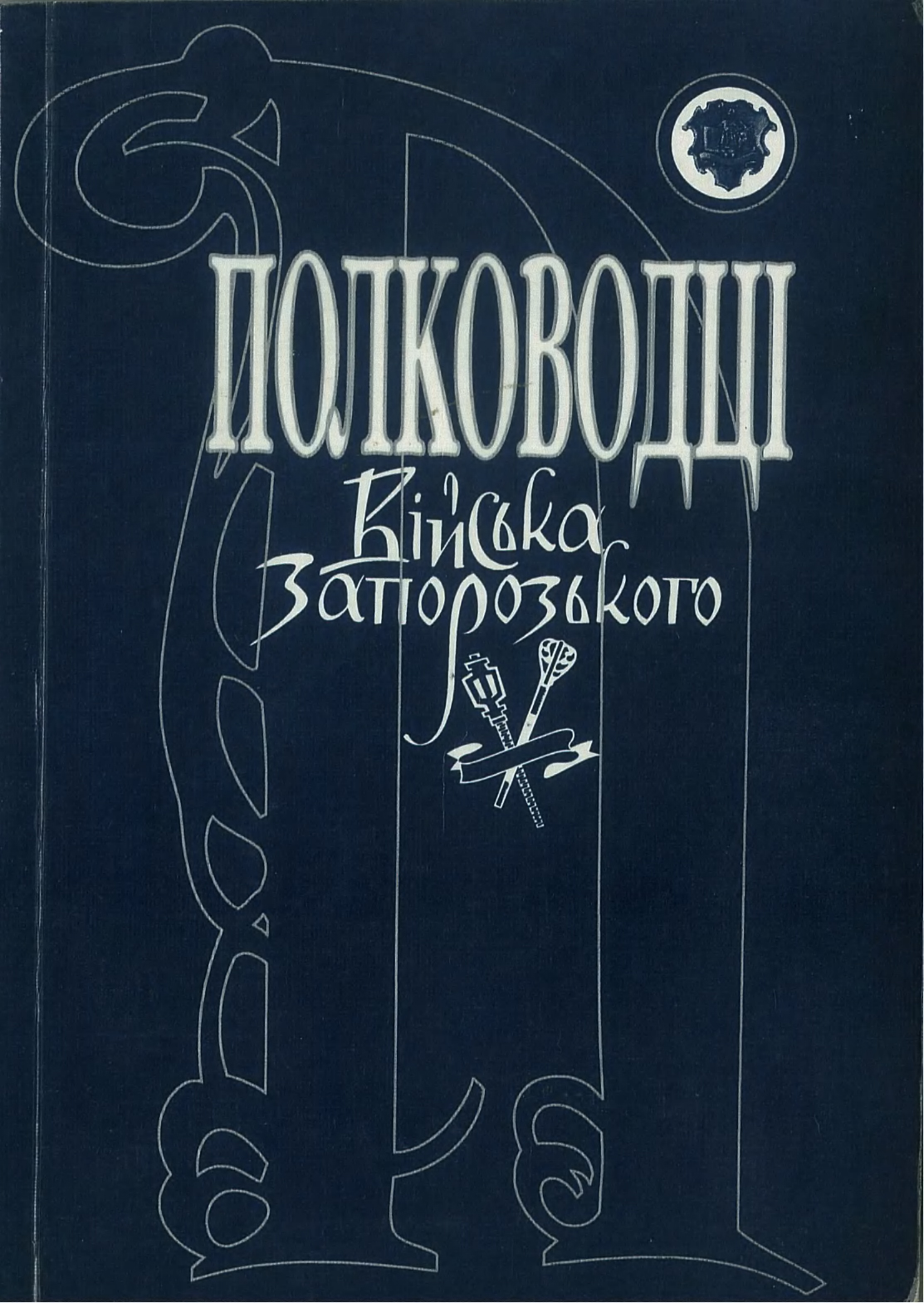
Горобець В. Мартин Пушкар / В. Горобець // Полководці Війська Запорозького: історичні портрети / Редкол.: В. Смолій (відп. ред.) та ін. ─ К.: Видавничий дім «КМ Академія», 1998. ─ Кн. 1. ─ С. 299-312.
polkovodtsi_viiska_zaporozkoho_istorychni_portrety_kn_1_pushkar_w.pdfГоробець В. Мартин Пушкар / В. Горобець // Полководці Війська Запорозького: історичні портрети / Редкол.: В. Смолій (відп. ред.) та ін. ─ К.: Видавничий дім «КМ Академія», 1998. ─ Кн. 1. ─ С. 299-312.
polkovodtsi_viiska_zaporozkoho_istorychni_portrety_kn_1_pushkar_w.pdf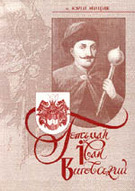
Мицик Ю.А. Гетьман Іван Виговський. ─ К.: Вид дім «КМ Академія», 2004. ─ 84 с.
hetman_ivan_vyhovskyi.pdfМицик Ю.А. Гетьман Іван Виговський. ─ К.: Вид дім «КМ Академія», 2004. ─ 84 с.
hetman_ivan_vyhovskyi.pdf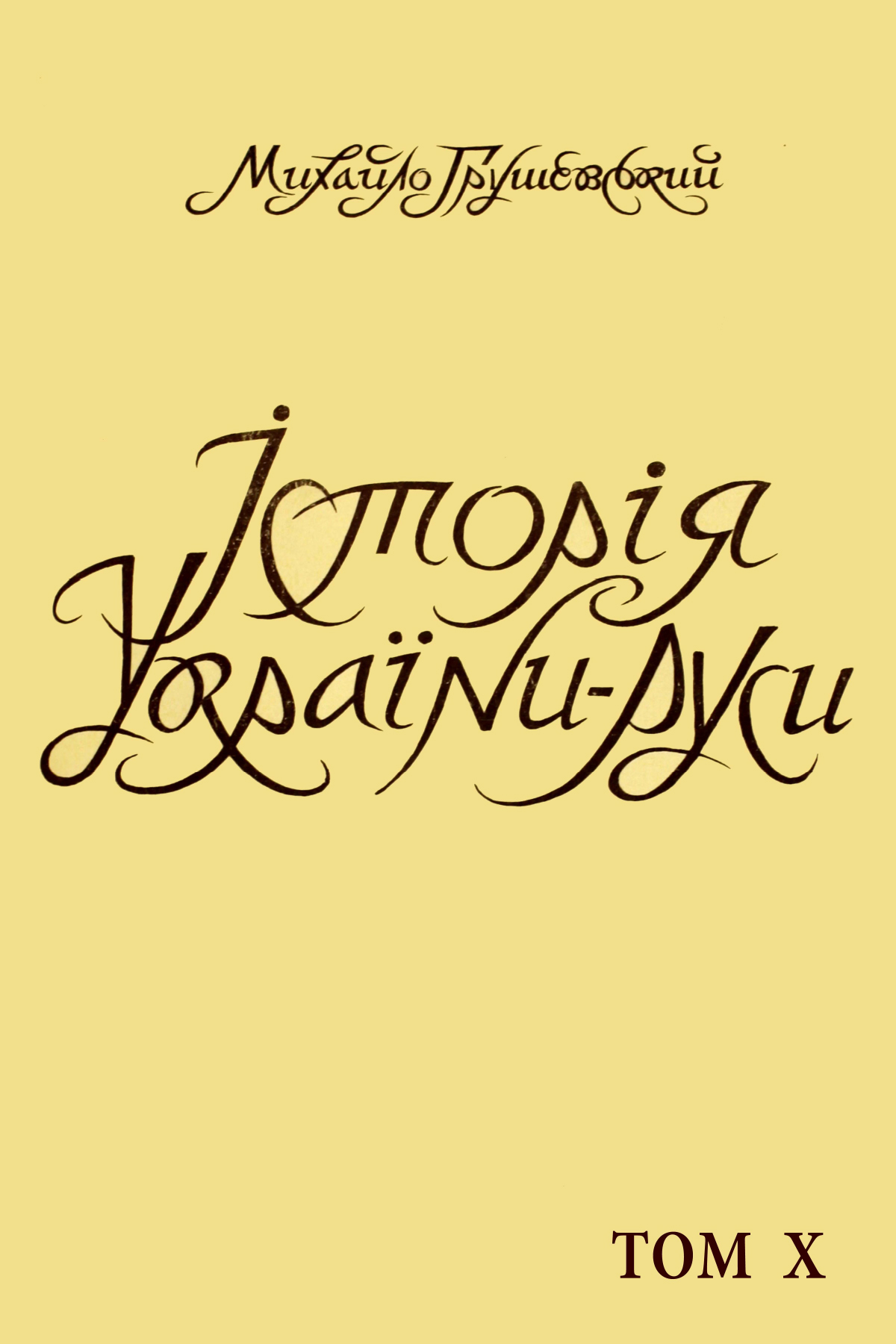
Грушевський М.С. Історія України-Руси. Том X. Від смерти Хмельницького до Гадяцької умови. ─ Нью-Йорк: Вид. тов.. «Книгоспілка», 1958. ─ 600 с.
istoriia_ukrainy-rusy_tom_x_vid_smerty_khmelnytskoho_do_hadiatskoi_umovy_repr_vyd_1958.pdfГрушевський М.С. Історія України-Руси. Том X. Від смерти Хмельницького до Гадяцької умови. ─ Нью-Йорк: Вид. тов.. «Книгоспілка», 1958. ─ 600 с.
istoriia_ukrainy-rusy_tom_x_vid_smerty_khmelnytskoho_do_hadiatskoi_umovy_repr_vyd_1958.pdf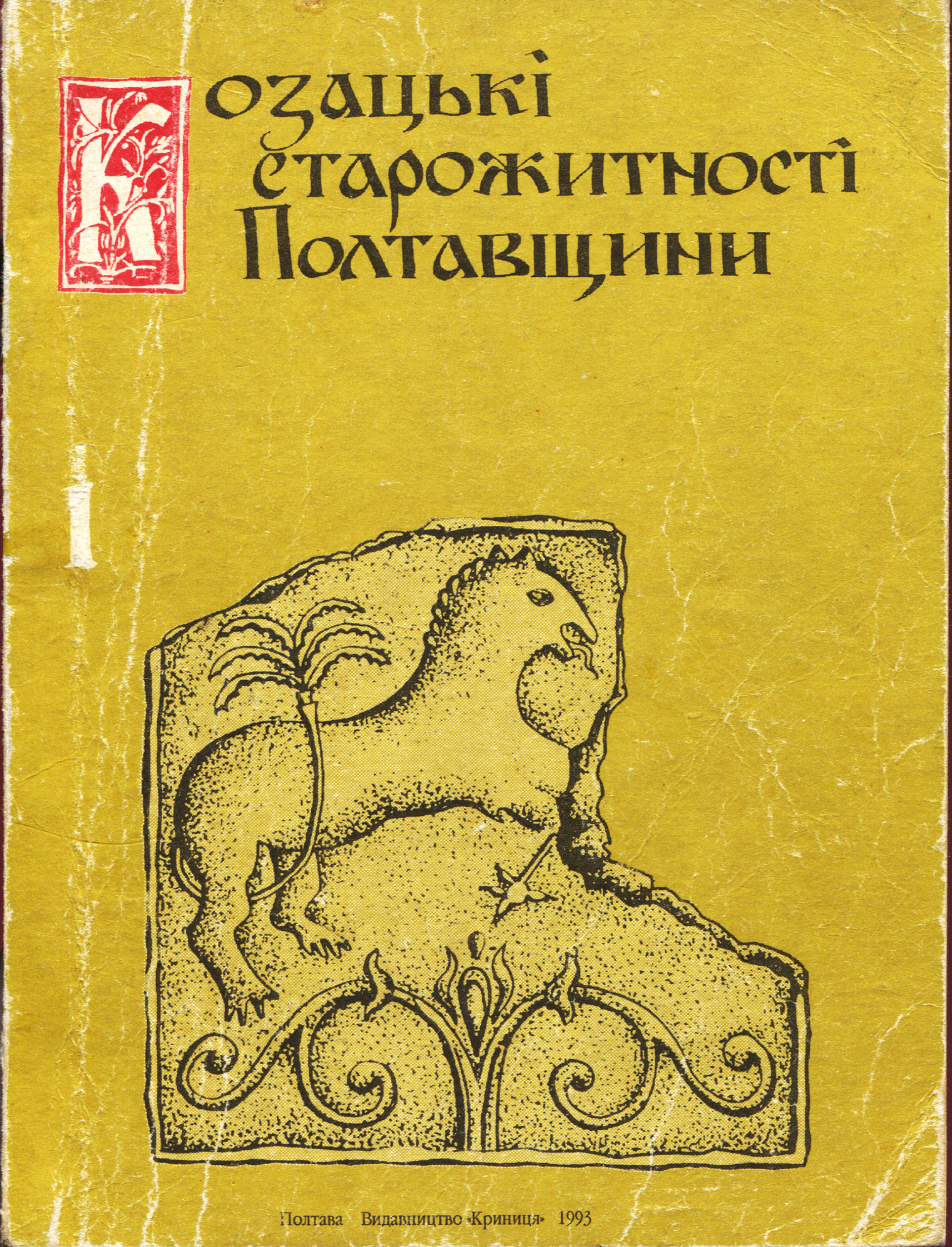
Кішик В. Де вбили гетьмана Брюховецького? / Козацькі старожитності Полтавщини: Збірник наукових праць. ─ Полтава, 1993 ─ Вип. 1 ─ С. 48 – 57
kozatski_starozhytnosti_poltavshchyny_kishyk.pdfКішик В. Де вбили гетьмана Брюховецького? / Козацькі старожитності Полтавщини: Збірник наукових праць. ─ Полтава, 1993 ─ Вип. 1 ─ С. 48 – 57
kozatski_starozhytnosti_poltavshchyny_kishyk.pdf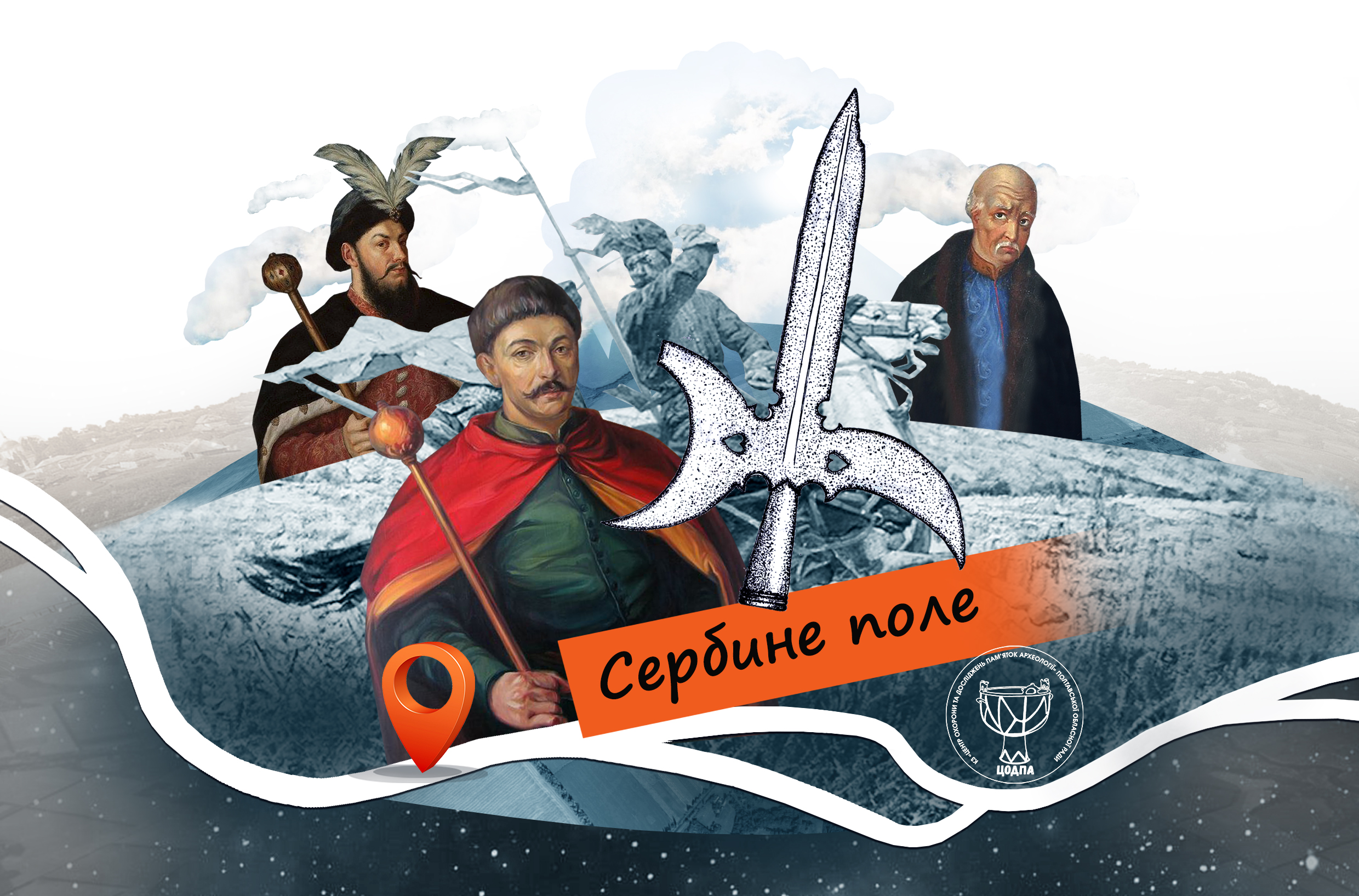
Сальніков В. Деркач Ю. Сербине поле – доленосне для Полтавщини місце битв
https://www.codpa.org.ua/serbyne-pole-dolenosne-dlya-poltavshchyny-mistse-bytv
Сальніков В. Деркач Ю. Сербине поле – доленосне для Полтавщини місце битв
https://www.codpa.org.ua/serbyne-pole-dolenosne-dlya-poltavshchyny-mistse-bytv
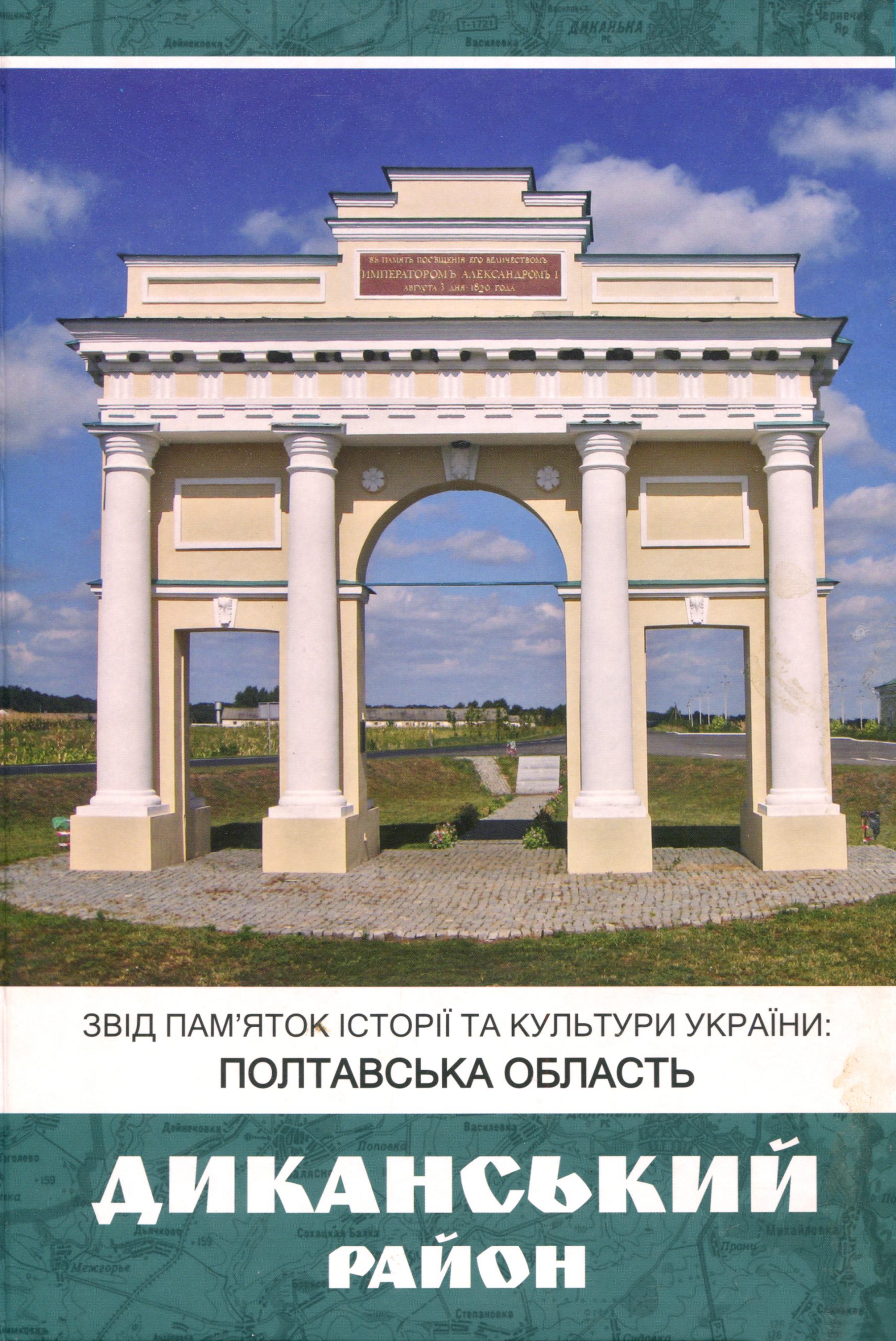
Кулатова І.М. Курганна група, місце битви 1658 р., місце загибелі гетьмана І.Брюховецького // Звід пам’яток історії та культури України: Полтавська область. ─ Полтава: ТОВ «АСМІ», 2011. ─ С. 47-49
zvid_dykanskyi_raion_serbyne_pole_w.pdfКулатова І.М. Курганна група, місце битви 1658 р., місце загибелі гетьмана І.Брюховецького // Звід пам’яток історії та культури України: Полтавська область. ─ Полтава: ТОВ «АСМІ», 2011. ─ С. 47-49
zvid_dykanskyi_raion_serbyne_pole_w.pdf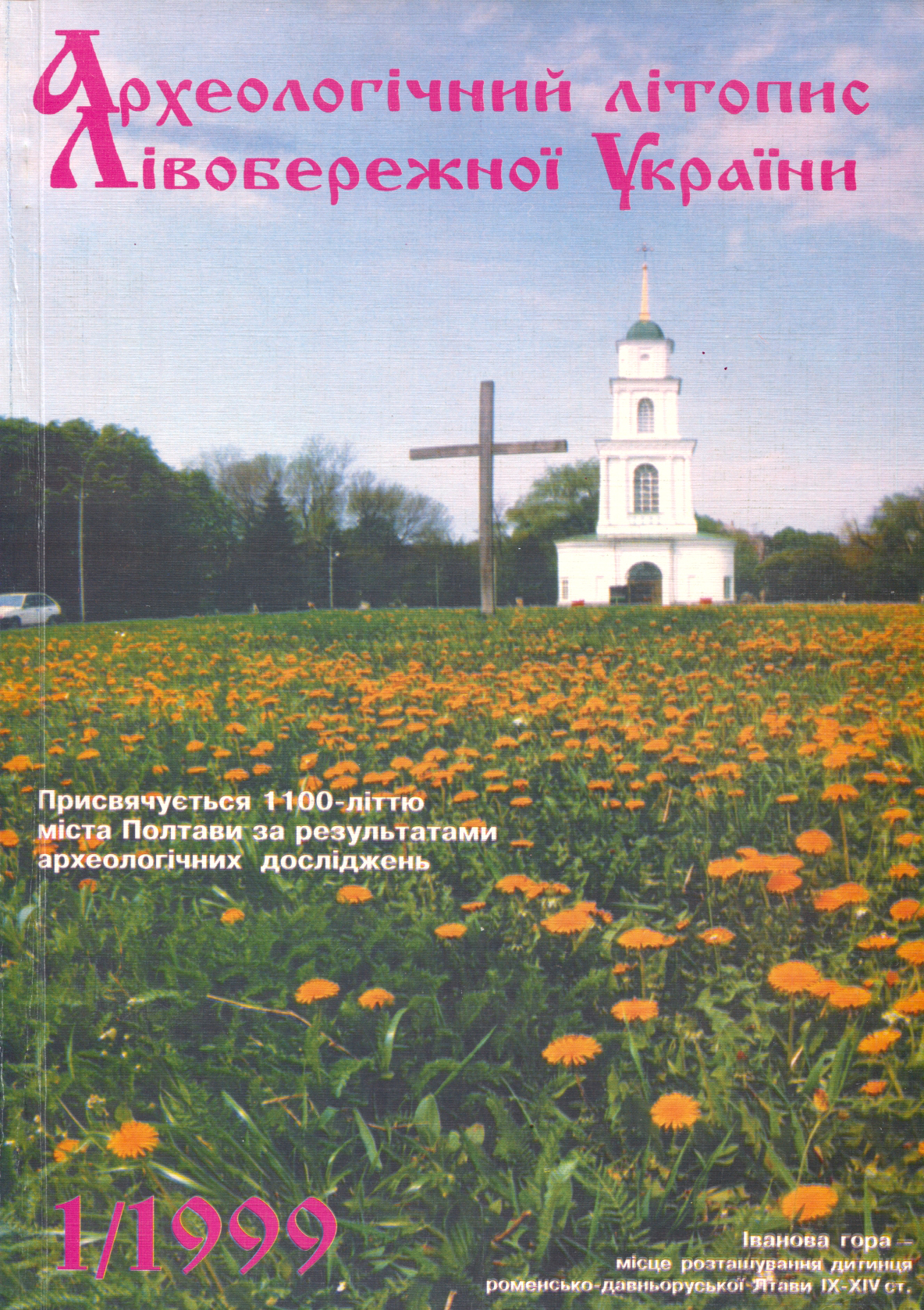
Коваленко О. Алебарда зі Сербиного поля //Археологічний літопис Лівобережної України. ─ 1999 ─ № 1 ─ Додаток ─ С. ІІ
allu_1999_1_w.pdfКоваленко О. Алебарда зі Сербиного поля //Археологічний літопис Лівобережної України. ─ 1999 ─ № 1 ─ Додаток ─ С. ІІ
allu_1999_1_w.pdf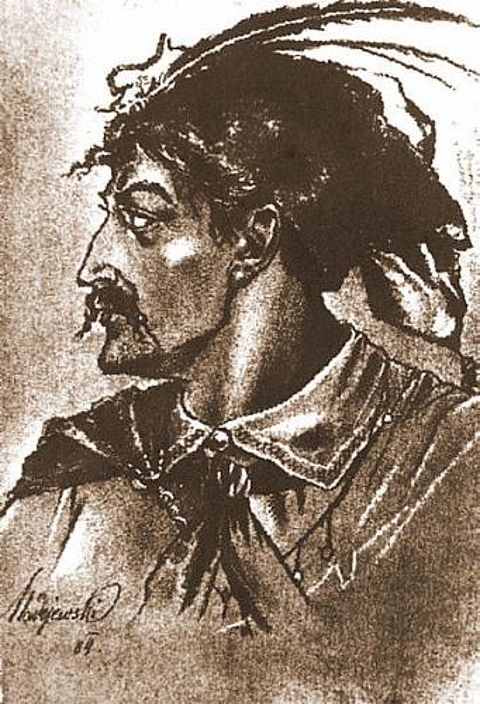
Шевченко Г. Участь Івана Богуна у військово-політичному конфлікті між козацьким гетьманом Виговським та полтавським полковником Пушкарем // Етнічна історія народів Європи: Збірник наукових праць. Випуск 19. – К., 2005
uchast_ivana_bohuna_u_viiskovo-politychnomu_konflikti_mizh_kozatskym_hetmanom_vyhovskym_ta_poltavsky.pdfШевченко Г. Участь Івана Богуна у військово-політичному конфлікті між козацьким гетьманом Виговським та полтавським полковником Пушкарем // Етнічна історія народів Європи: Збірник наукових праць. Випуск 19. – К., 2005
uchast_ivana_bohuna_u_viiskovo-politychnomu_konflikti_mizh_kozatskym_hetmanom_vyhovskym_ta_poltavsky.pdf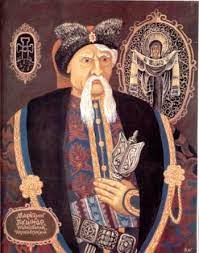
Коренець Д. Повстання Мартина Пушкаря // Науковий збірник, присвячений професорові Михайлові Грушевському учениками й прихильниками з нагоди його десятилітньої праці в Галичині (1894–1904). – Львів, 1906.
povstannia_martyna_pushkaria.pdfКоренець Д. Повстання Мартина Пушкаря // Науковий збірник, присвячений професорові Михайлові Грушевському учениками й прихильниками з нагоди його десятилітньої праці в Галичині (1894–1904). – Львів, 1906.
povstannia_martyna_pushkaria.pdfФотогалерея
Gallery
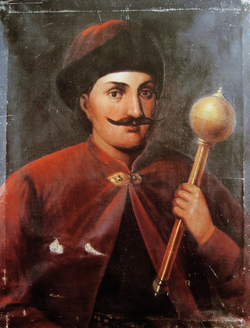
Іван Виговський (бл. 1608 – 1664), гетьман Війська Запорозького (1657 – 1659). Невідомий художник.
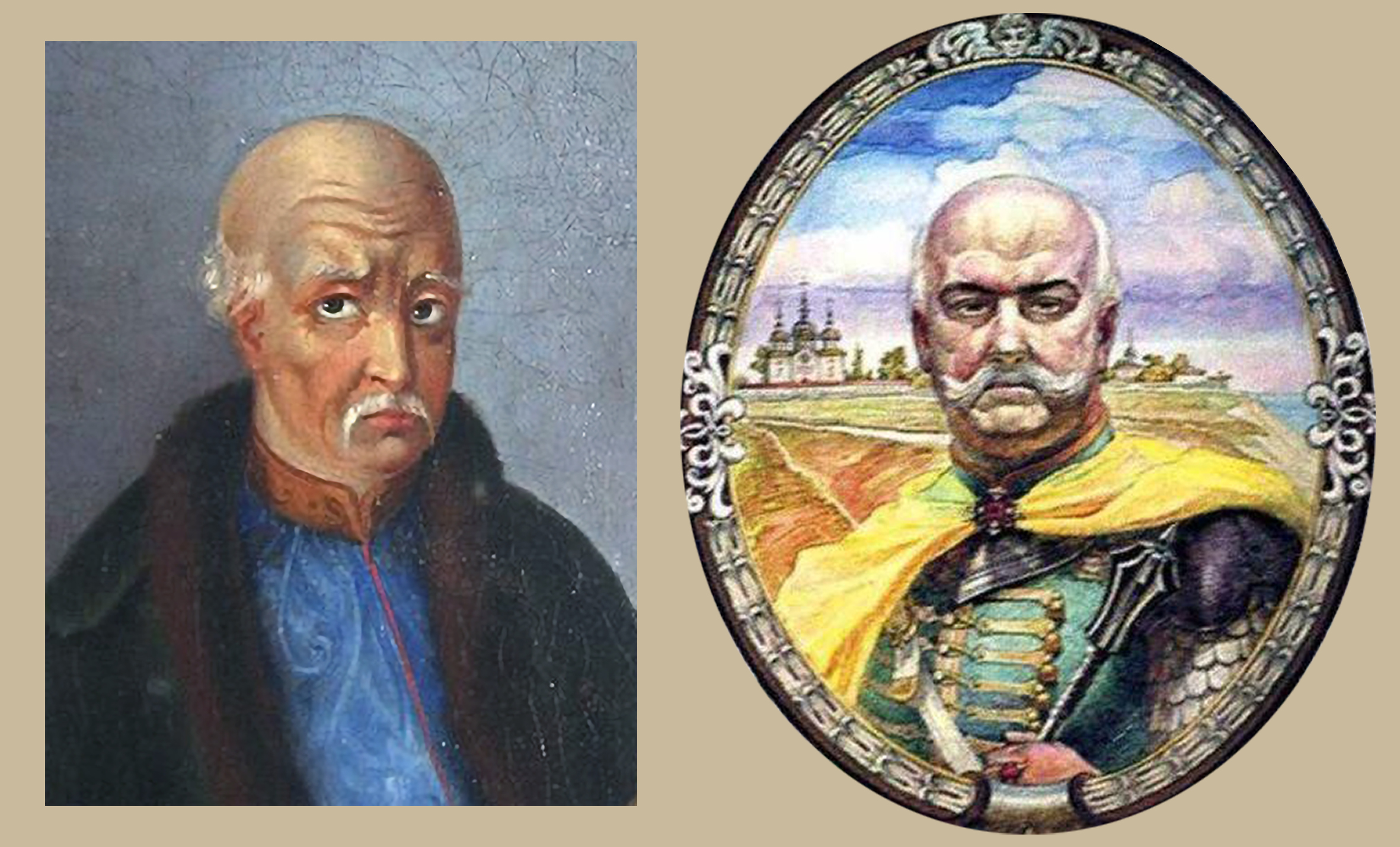
Яків Барабаш, кошовий отаман Запорозької Січі у 1658 році. Невідомий художник. Мартин Пушкар, полтавський полковник (1649 - 1658). Художник Є. Путря. Мал. з фондів ДІКЗ "Поле Полтавської битви"

Іван Богун. Художник Я.Мадеєвський. Літографія. 1884.
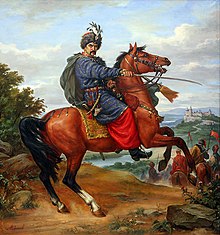
Полковник Іван Богун. Художник А. Орльонов.
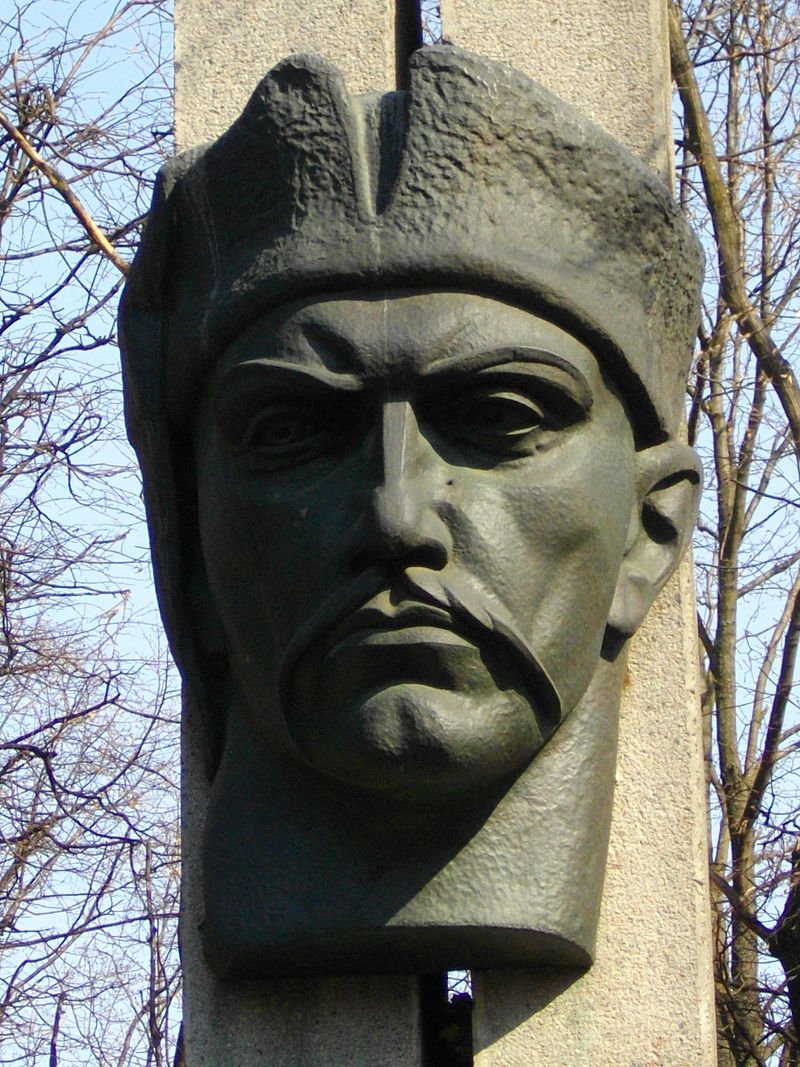
Фрагмент пам’ятного знаку Мартину Пушкарю в Полтаві. Скульптор М. Коган.
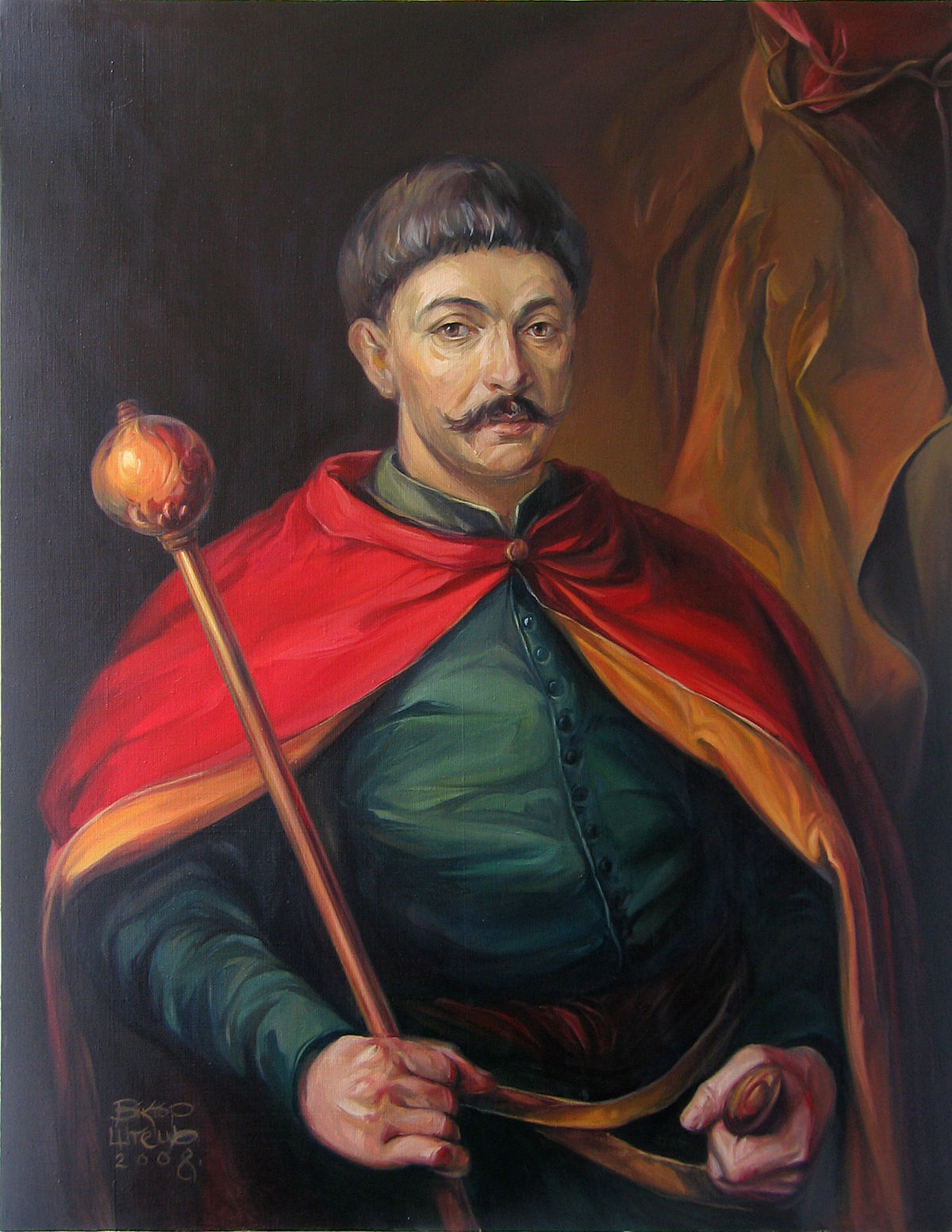
Портрет гетьмана І. Брюховецького. Невідомий художник.
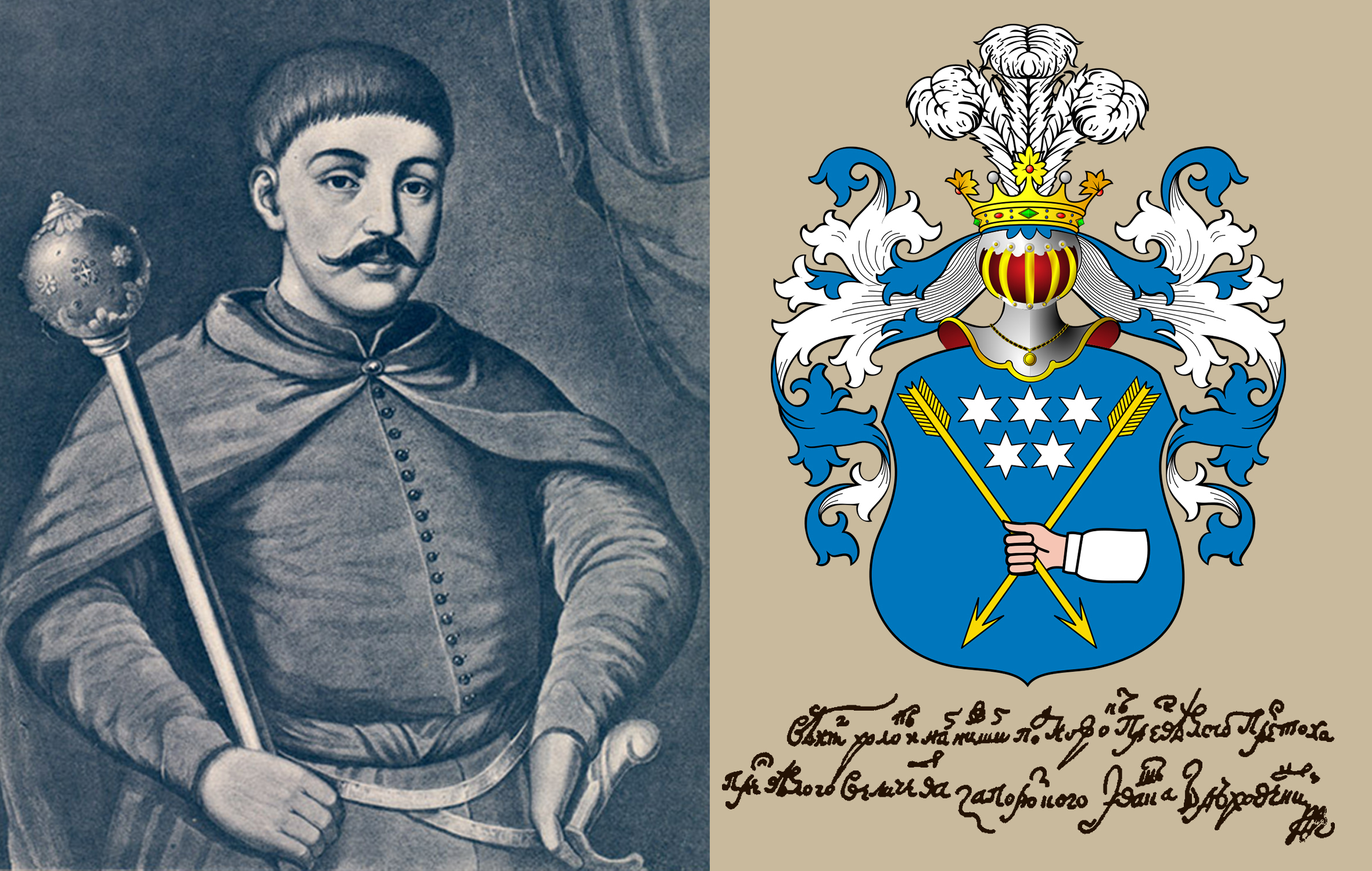
Іван Брюховецький (1623 – 1668), гетьман Війська Запорозького (Лівобережної України) (1663 – 1668). Невідомий художник. Герб та підпис Івана Брюховецького.
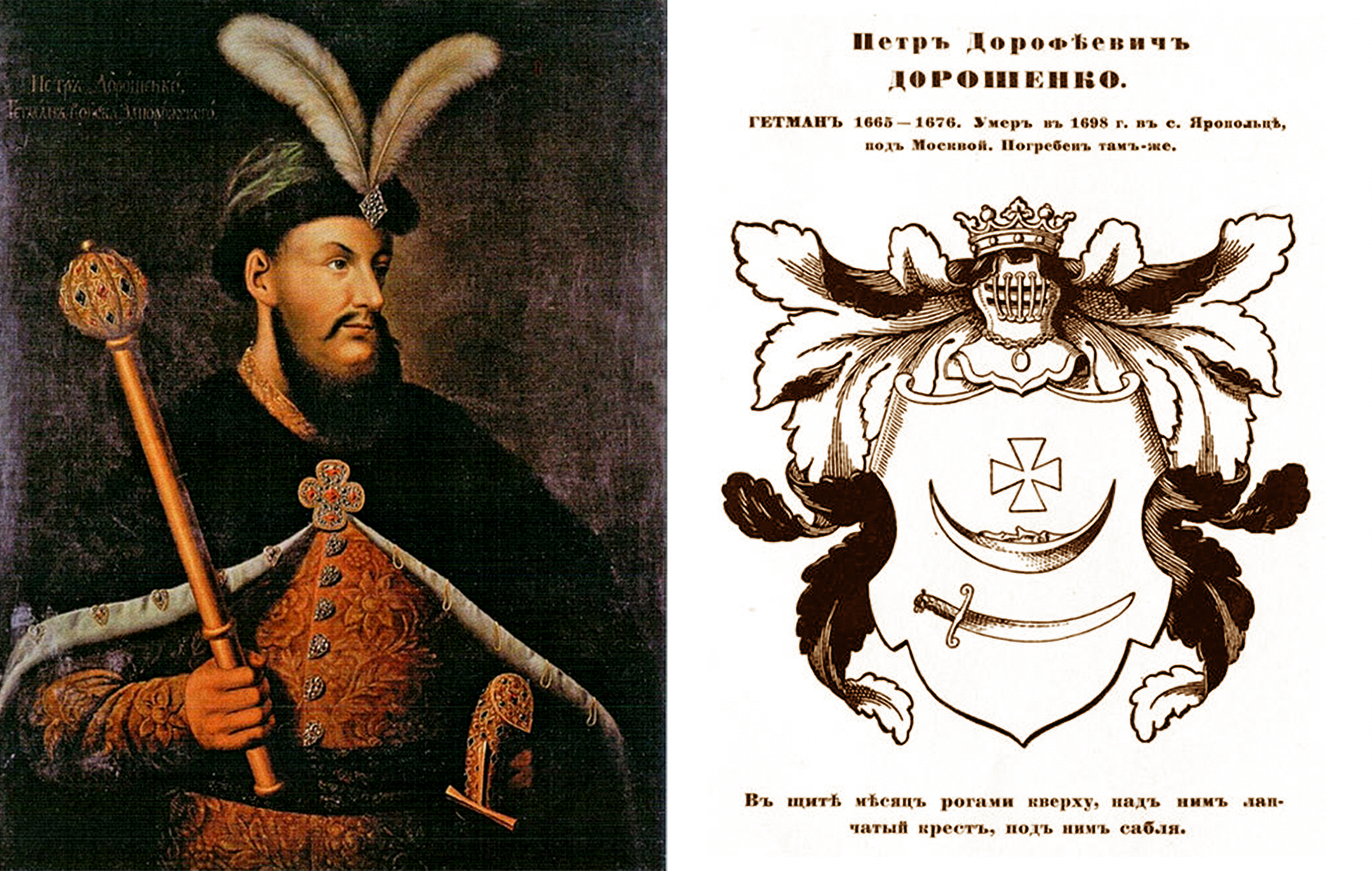
Петро Дорошенко (1627 – 1698), гетьман Війська Запорозького (Правобережної України) (1665 – 1676). Невідомий художник. Герб Петра Дорошенка.
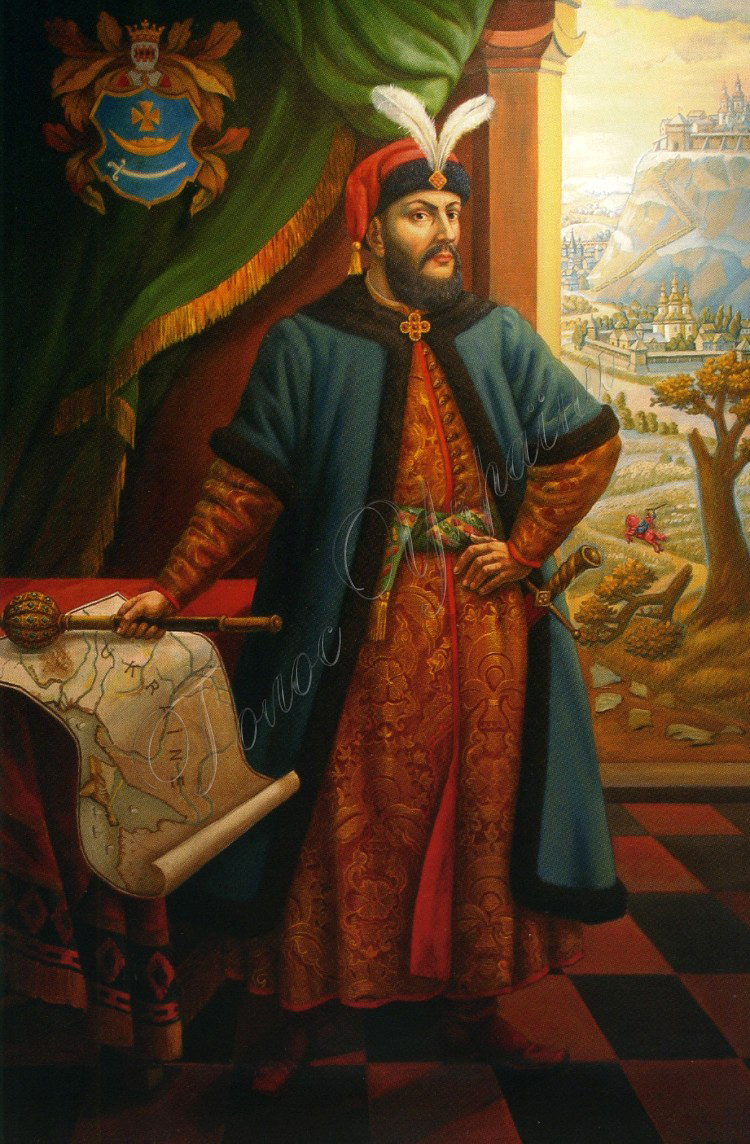
Петро Дорошенко, З 10.10.1655 до 19.09.1676 - гетьман Правобережної України. Невідомий художник.
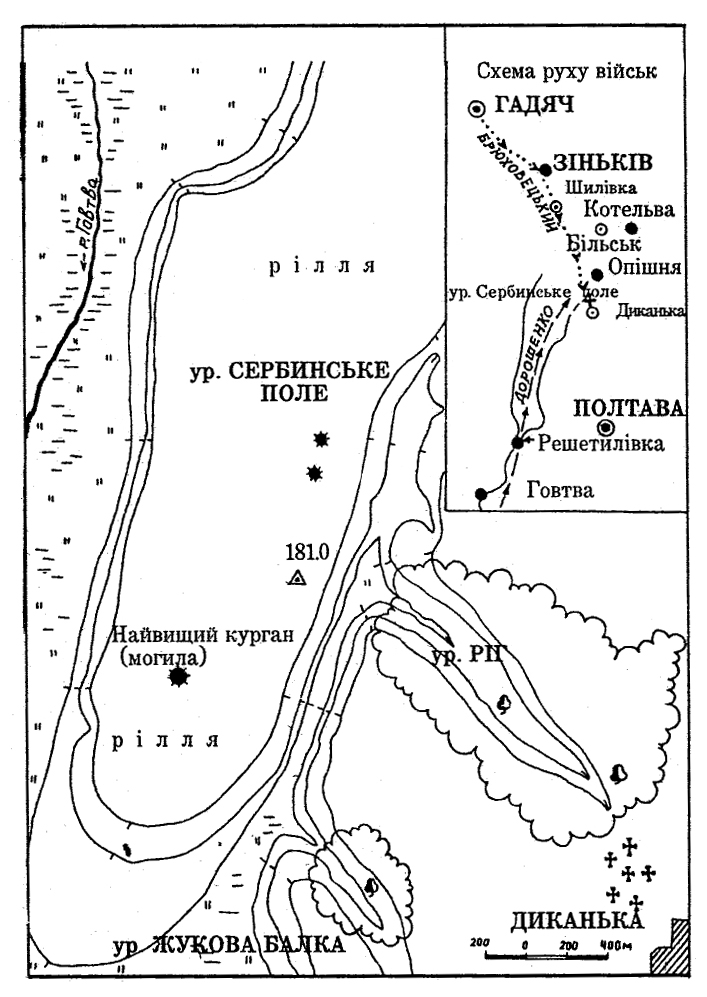
План Сербиного поля, за В. Кішиком, 1993 р.
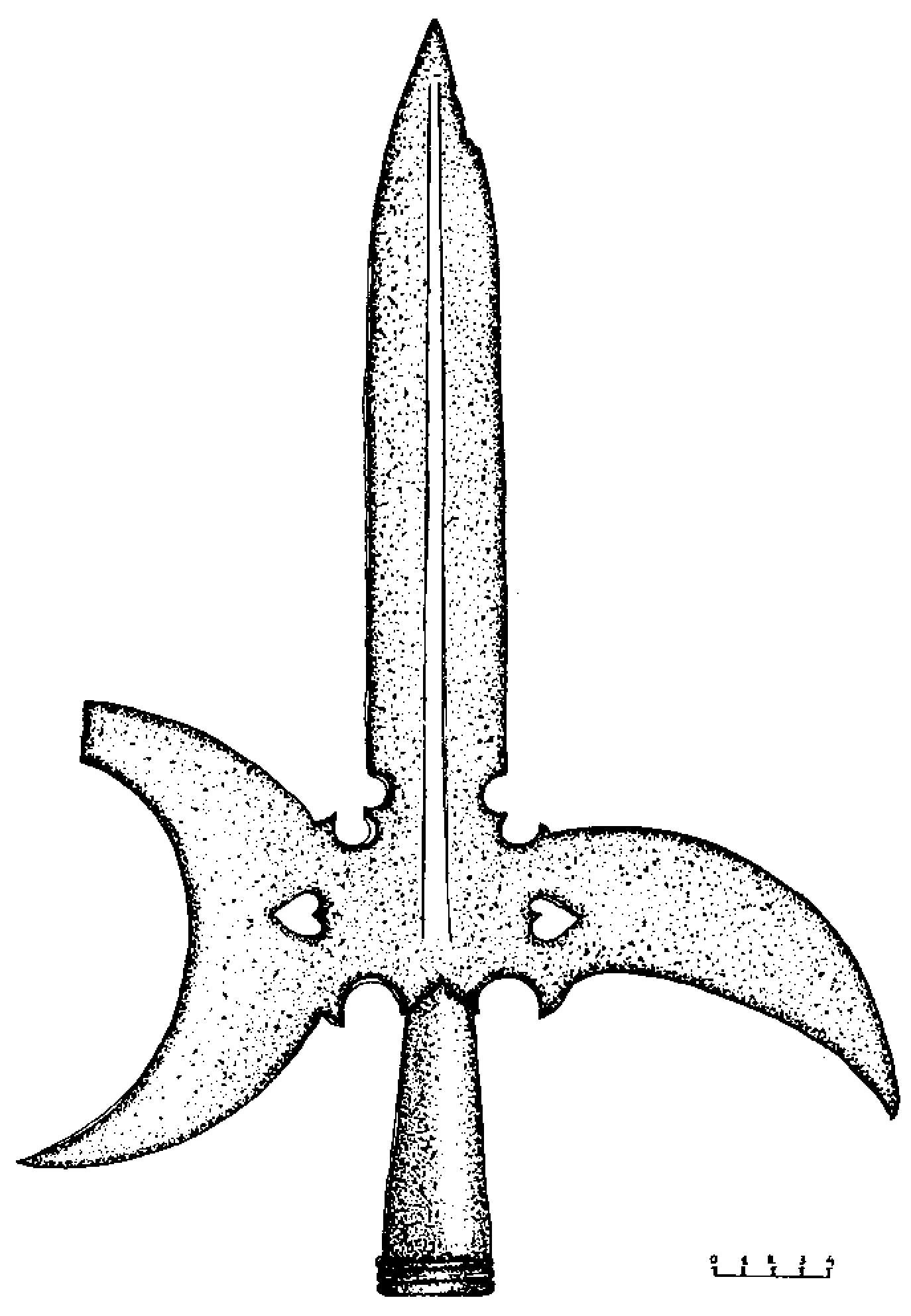
Алебарда німецького типу з Диканського історико-краєзнавчого музею, знайдена на Сербиному полі в 1950-х роках. За О. Коваленко, 1999 р.
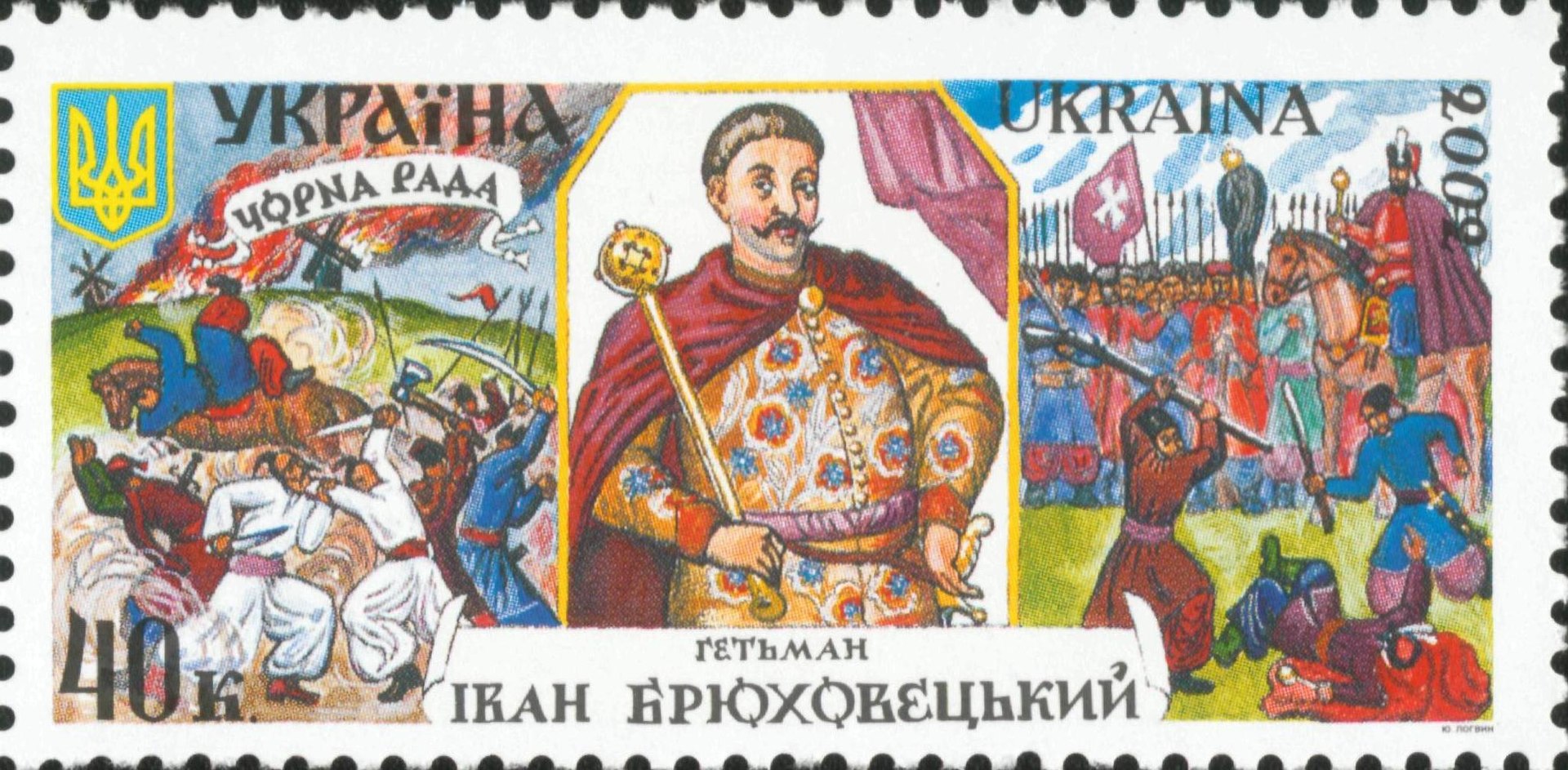
Іван Брюховецький на українській марці. Ліворуч — Чорна рада 1663 року, праворуч — загибель гетьмана на Сербиному полі .
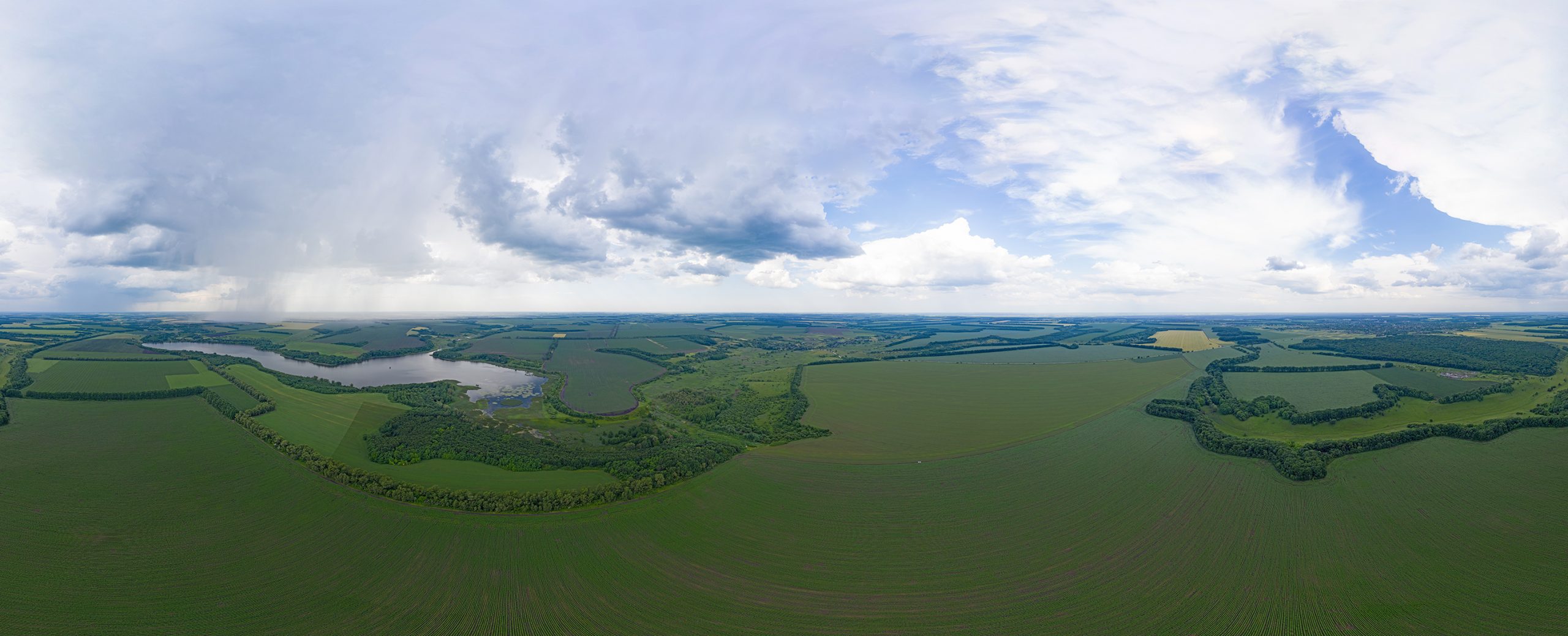
Панорама Сербиного поля. Зйомки 2020 року.
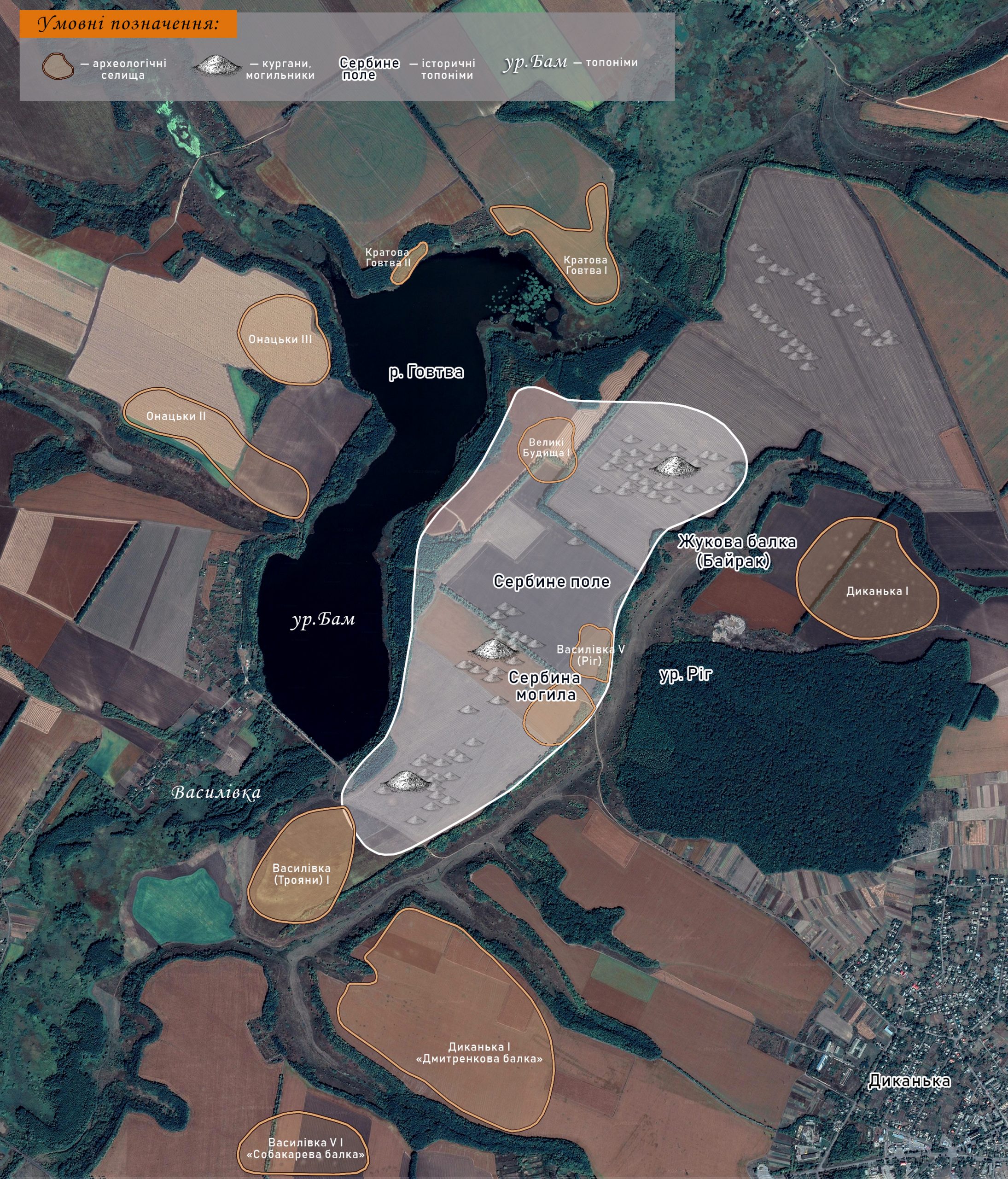
Сербине поле та пам'ятки округи.
